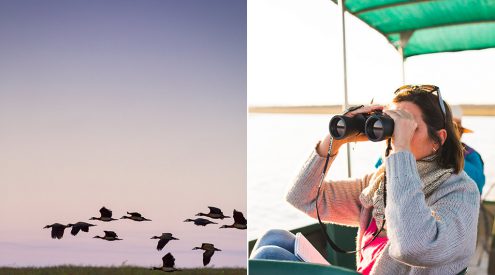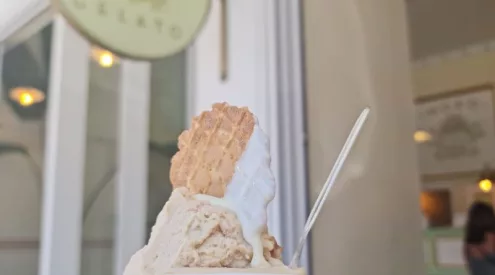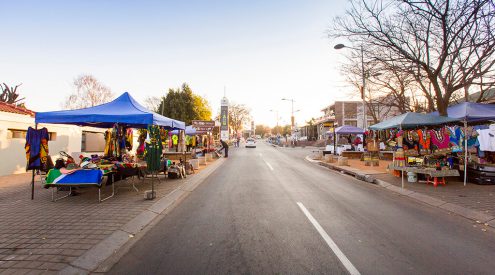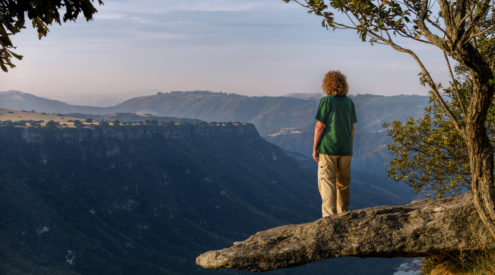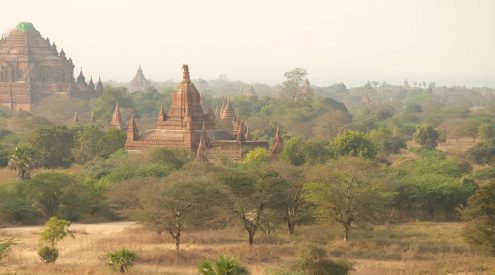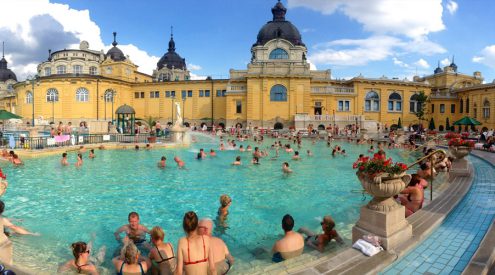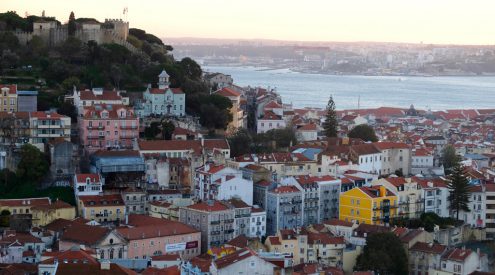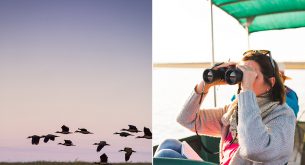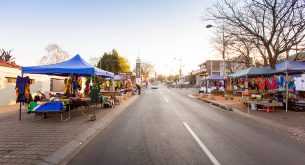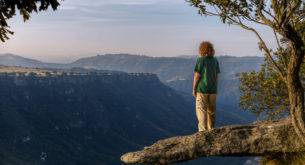Mauritius is synonymous with glamour, exquisite cuisine and the luxurious island-style embrace of sunshine-sophistication and seaside chic. But there is another Mauritius – a little-known place, filled with wild creatures found nowhere else on earth, a place of hidden waterfalls and untamed forests, a place that still speaks of the fecundity of the tropics in the ancient, primordial language of wilderness. It is an island that stands tall (828 metres at its highest point) in the Indian Ocean in memory of a volcanic eruption 10 million years ago that set in motion a story of rareness, adaptation and dogged survival of the pristine in its furthest reaches.
It was dawn and I stood on a densely wooded mountain top next to my wife, whom I had married the previous afternoon! It was indeed a special morning!
What made it even more memorable was that this sunrise was not ordinary, it was Mauritian: almost metallic; strangely precious like a wedding gift. It sparkled over clouds and the ocean down below glowed festively in distant ripples of celebration. It is said that Arab sailors, the first people to discover the island in 970AD, named it Dina Robin – The Silver Isle – I understood why. We were in the Macchabee Forest of Black River Gorges National Park. The reserve (3.5% of the island) was proclaimed to protect the fast-vanishing ebony forests and home to the national flower trochetia boutoniana, a very rare and delicate shrub-like plant, with dainty, bell-shaped, carmine blossoms. A forty-minute, cheap taxi ride from Le Paradis, our hotel at the coast, had brought us here effortlessly.
The landscape was unlike anything I had ever seen and I have travelled to most of the world’s wild places. Trees sprung strangely stunted from the ground, they were old and they had grown very slowly, bent in knots and carbuncles and draped in soft, green lichen, hanging bearded in whimsy. Trunks seemed slow and they creaked in the breeze hauntingly. Bark was bleached, bumpy and blotched on every stem. Leaves were waxy and thick and they reminded me of Cape Town’s fynbos and the scent in the air was herbal and it wafted tropically. It was a paradisiacal place for a honeymoon morning!
Suddenly a screech cut across the forest and a long-tailed, green parakeet burst overhead. It was the endemic Mauritius parakeet, one of the rarest birds in the world and found nowhere but here! At last count it was estimated that there were only between 50 and 250 individuals left in the wild. But here in this sanctuary they are safe. Indeed, to be so rare is a great responsibility for any animal, I thought. They fly as bastions of hope, symbols of resilience, defiant of those who seek to destroy and dominate Nature, where only greed and mindless development is the order of the day. Sadly these birds are not alone in their responsibility as these forests are home to many more very rare and threatened forms of life.
Our hike was fast becoming a pilgrimage and soon an opening in the trees greeted us with the majestic soar of a Mauritius kestrel, arguably the rarest raptor (bird of prey) of our skies anywhere, as it glided past, lifting in the rush of air, pulled heavenly by the adjacent cliffs. It is sobering to think that as recently as 1974 there was an estimated world population of only four of these beautiful birds! It is testament to the incredible will and determination of the conservation community, people such as Carl Jones and Gerald Durrell and organizations such as the Mauritian Wildlife Foundation, that we are still privileged to see them at all.
The trail down to the Visitor’s Center was a long, exciting six-hour stroll, steep at times as we dropped deeper into the gorge, but filled with wild sounds and wild sights. Little luminescent day geckoes darted out to find the sun and butterflies of every colour climbed into the path as we stirred them from the ground. Even a giant, endemic bat called the ‘flying fox’ flapped overhead.
I scoured every branch of every tree for orchids too, as I had read that there were exquisite species to be found. Floristically, the island has over 300 species of endemic flowering plants found only there. Not so long ago a species of orchid called Jumellea recurva, thought to be extinct on Mauritius, was rediscovered in the nearby Bel Ombre Forest. In my view it is the most elegant, most sculptural of all the rare orchids with a brilliant white bloom 10cm wide and a spectacular long, pale green spur, twisted like a giant sickle.
Inspired by our meander on the mountain my wife and I sought out other refuges, where the landscape was undisturbed and free and feral. We visited Alexander Falls and watched water disappear into an eternal, green canopy that fluffed like a sponge. We visited Basin Blanc, a crater lake, framed by forest, where white-tailed tropicbirds circled like stars and a myriad of beetled buzzed orchestrally. We explored all this and more.
And so in the end I had made sacred vows on an isle where wilderness sang only of fellowship and only of happiness. I recommend this Mauritius to all lovers and all nature lovers too!

